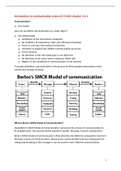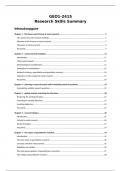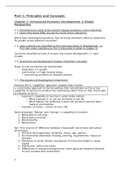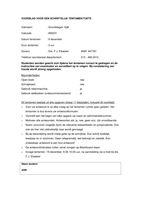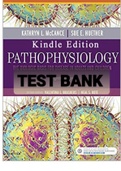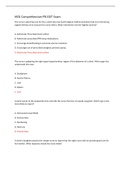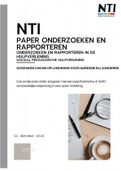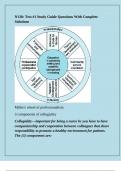Samenvatting
Summary applying communication theory for professional life
- Instelling
- Universiteit Twente (UT)
Comprehensive summary of the book applying communication theory for professional life a practical introduction by Marianne Dainton & Elaine D. Zelley 4th edition. This summary is made for the course Introduction to communication science of the bachelor Communication Science at the Universiteit ...
[Meer zien]
